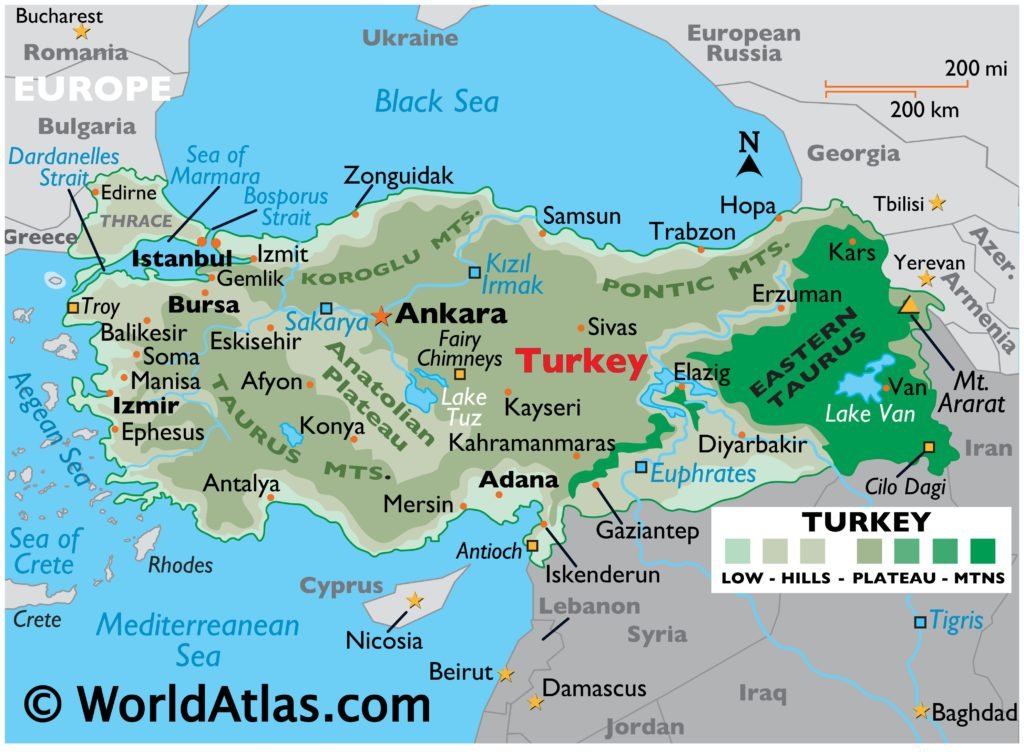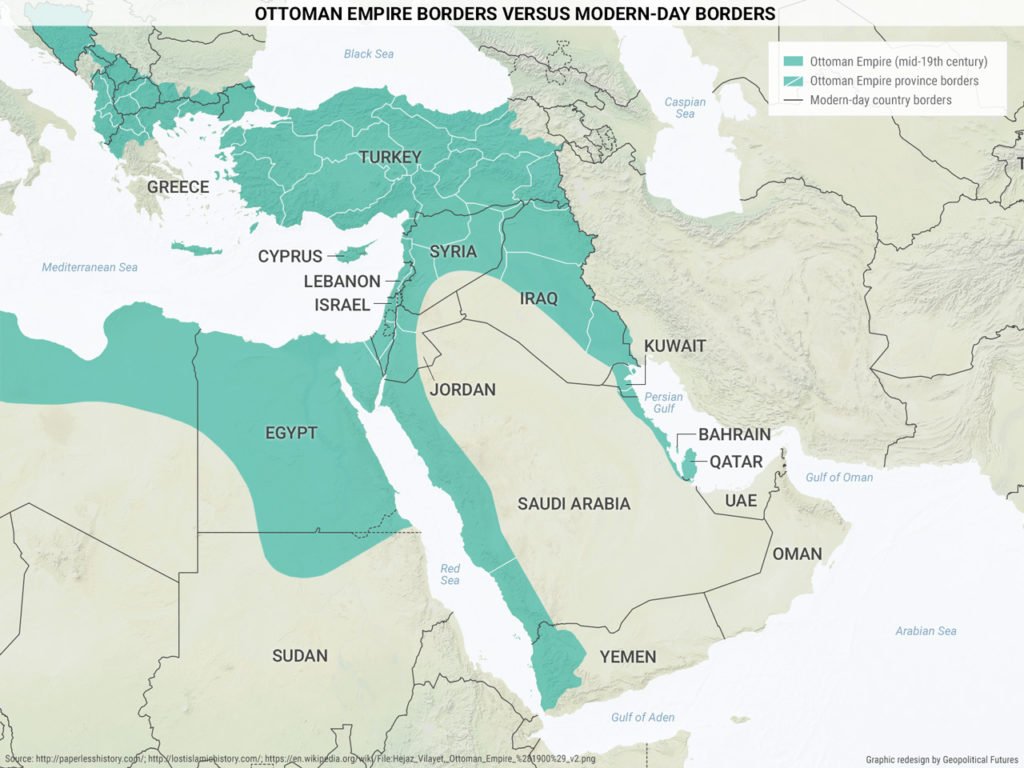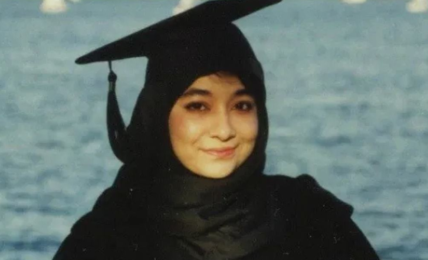KHILAFAT MOVEMENT – 1 : PAN-ISLAMISM & EXTRA TERRITORIAL LOYALTIES OF MUSLIMS
"The Muhammadan is always a potential fanatic and once that fanaticism is aroused, it may go to great lengths. It is peculiarly easy to confuse in the Muslim mind, the issues of religion and politics..."










